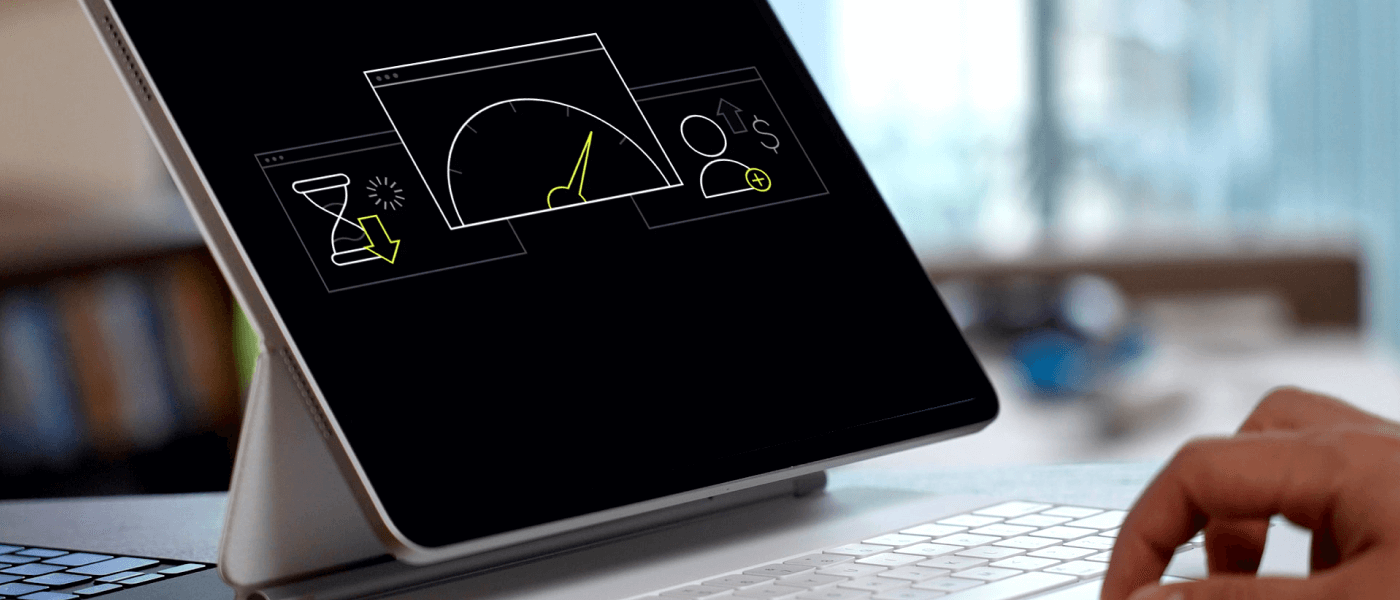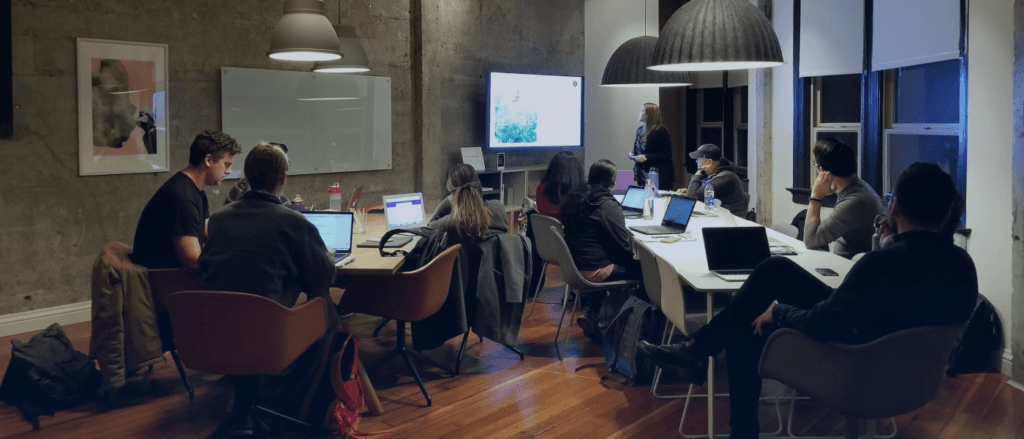 June 02, 2023
June 02, 2023 From Load Times to Conversion Rates: How to Optimize Your Shopify Store for Maximum Performance
As an online store owner, you know that the success of your business relies on your Shopify performance. A slow and poorly performing website can have a significant impact on your conversion rates, search engine rankings, and ultimately, your sales. If your store is struggling with performance issues, it's time to take action and optimize Shopify Store for maximum efficiency. In this article, we'll explore the top strategies to help you improve your website's load times, increase your conversion rates, and ultimately, drive more sales.
Factors affecting Shopify store performance
Before we dive into the best strategies for optimizing your Shopify store, let's take a look at the factors that can affect your website's performance. One of the most significant factors is the number of apps and plugins you have installed on your website. While these can offer a range of useful features, they can also slow down your website and cause performance issues. Another important factor is the size and quality of your images. Large, high-resolution images can take longer to load, which can lead to slow load times and a poor user experience.
Understanding load times and its impact on user experience
Load times refer to the amount of time it takes for your website to load fully. Slow load times can have a significant impact on your website's performance and user experience. According to research, 47% of users expect a website to load in two seconds or less, and 40% of users will abandon a website that takes more than three seconds to load.
Slow load times can also negatively impact your search engine rankings. Google has indicated that website speed is a ranking factor, and slow load times can result in a lower ranking on search engine results pages. This can make it more difficult for potential customers to find your website and can ultimately impact your sales.
Tips for Optimize Shopify Store and load times on Shopify
Lazy loading
Lazy loading is the practice of loading images conditionally, only when they are visible in the browser's viewport, or even after the above-the-fold content has finished loading. If users don’t scroll to the bottom of the page, images placed there won’t even be loaded. This has a significant impact on performance.
Minify JavaScript and CSS
To minify the JavaScript and CSS files, use the JavaScript and CSS minifier. To enhance the functionality of your website, it reduces whitespace, removes comments, merges files, and shortens/optimizes programming patterns.
Reduce the number of requests
You can see how many requests are made when the page is loaded using Shopify Analyzer at https://analyze2.speedboostr.com/. Look for and remove any requests that are not necessary.
Optimize the code structure
- Minimize the number of parent HTML elements.
- Identify any scripts that are executed multiple times on the page.
- Simplify the CSS structure as much as possible.
- Optimize your custom JavaScript code, if applicable.
The importance of mobile optimization for Shopify stores
In today's mobile-first world, it's essential to ensure that your website is optimized for mobile devices. Mobile optimization involves designing your website to be easily accessible and usable on smaller screens. This can include using a responsive design that adjusts to the user's screen size, optimizing images for mobile devices, and simplifying navigation.
Mobile optimization is particularly important for Shopify stores, as mobile devices account for a significant portion of eCommerce sales. According to research, mobile eCommerce sales are expected to account for 54% of total eCommerce sales by 2021. By optimizing your Shopify for mobile devices, you can tap into this growing market and increase your sales.
How to optimize product pages for better conversion rates
While improving load times is essential, it's also important to optimize your product pages for better conversion rates. A well-designed product page can make all the difference when it comes to converting visitors into customers. To optimize your product pages, start by ensuring that your product descriptions are clear and concise. Use high-quality images that showcase your products from different angles, and include customer reviews and ratings to build trust with potential customers.
You can also use calls to action (CTAs) to encourage visitors to take action, such as adding a product to their cart or making a purchase. Your CTAs should be prominently displayed on your product pages and should be clear and concise.
Importance of navigation and site structure in Shopify
Another important factor to consider when optimizing your Shopify store is navigation and site structure. Your website's navigation should be easy to use and should help visitors find what they're looking for quickly and easily. Consider using a drop-down menu to organize your products and categories, and ensure that your navigation is consistent across your entire website.
Site structure is also essential for SEO. Your website's structure should be organized logically, with categories and subcategories that make sense. This can help search engines understand the structure of your website and can improve your search engine rankings.
Implementing SEO strategies for better visibility and traffic
Search engine optimization (SEO) is essential for improving the visibility of your Shopify store and driving more traffic to your website. To optimize your website for search engines, start by conducting keyword research to identify the keywords and phrases that your target audience is searching for. Use these keywords throughout your website's content, including your product descriptions, category pages, and blog posts.
Other effective SEO strategies include optimizing your website's meta tags, improving your website's loading speed, and building high-quality backlinks to your website. By implementing these strategies, you can improve your website's visibility and drive more traffic to your Shopify store.
Integrating social media and email marketing for increased sales
Social media and email marketing are two powerful tools for increasing sales on your Shopify store. By integrating social media into your website, you can showcase your products to a wider audience and build a community of loyal followers. Consider adding social media sharing buttons to your product pages, and regularly share your products on your social media channels.
Email marketing is another effective strategy for increasing sales. Use email marketing to promote your products, offer exclusive discounts, and build relationships with your customers. By regularly communicating with your email list, you can build trust and loyalty, which can lead to increased sales over time.
Measuring and analyzing Shopify store performance
Finally, it's essential to regularly measure and analyze your Shopify store's performance. Use tools like Google Analytics to track your website's traffic, bounce rate, and conversion rate. This can help you identify areas for improvement and make data-driven decisions to optimize your website.
Consider setting up A/B tests to test different strategies and see which ones are most effective. By continually measuring and analyzing your website's performance, you can ensure that your Shopify store is running at its best and driving maximum sales.
Conclusion and next steps for optimizing your Shopify store
Optimizing your Shopify store for maximum performance is essential for driving more sales and growing your eCommerce business. By implementing the strategies outlined in this article, you can improve your website's load times, increase your conversion rates, and drive more traffic to your website. Remember to regularly measure and analyze your website's performance to identify areas for improvement and make data-driven decisions to optimize your website. With these strategies in place, you can ensure that your Shopify store is running at its best and driving maximum sales.
If you require assistance in optimizing the performance of your Shopify website, our team would be happy to help.













